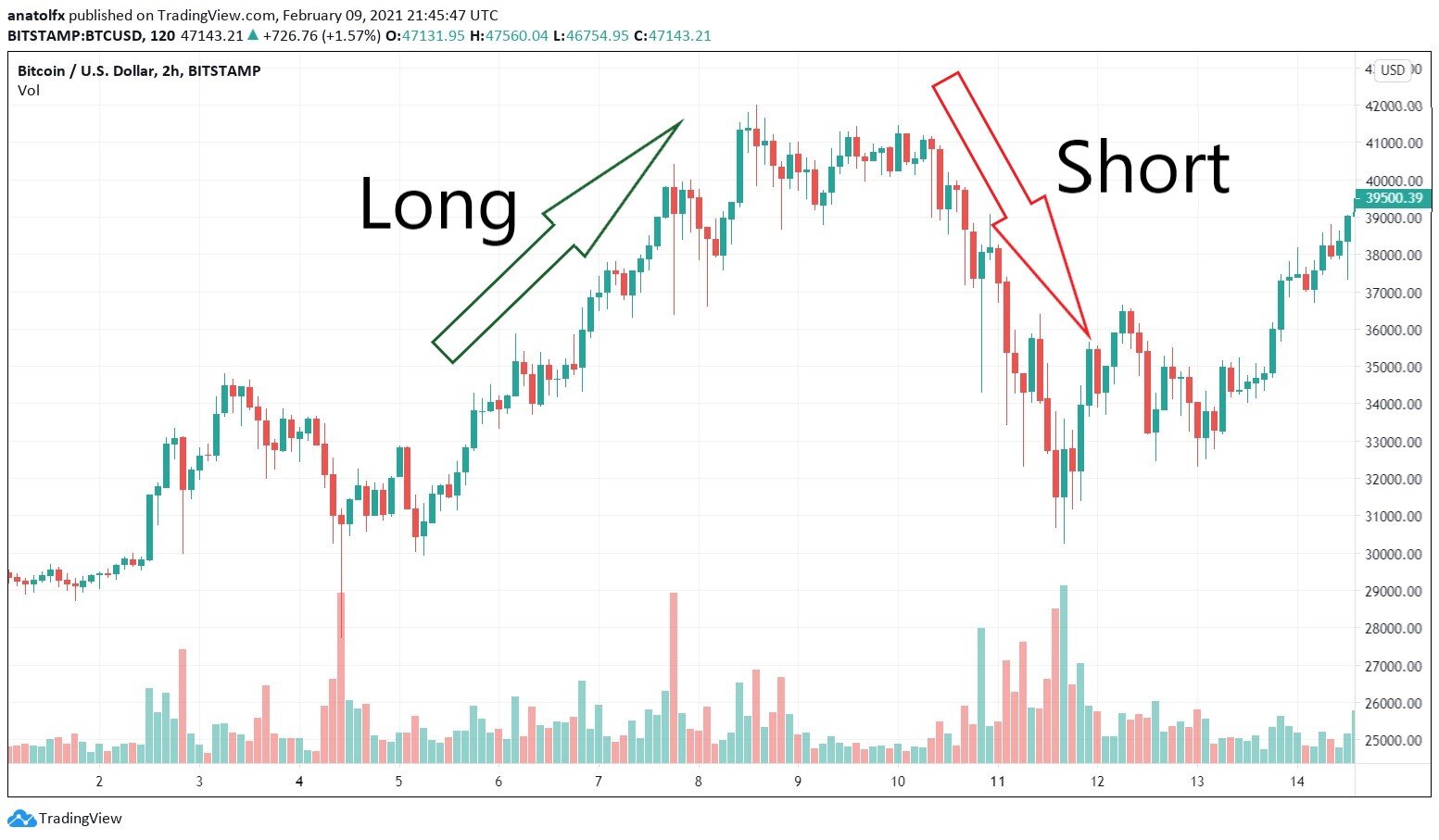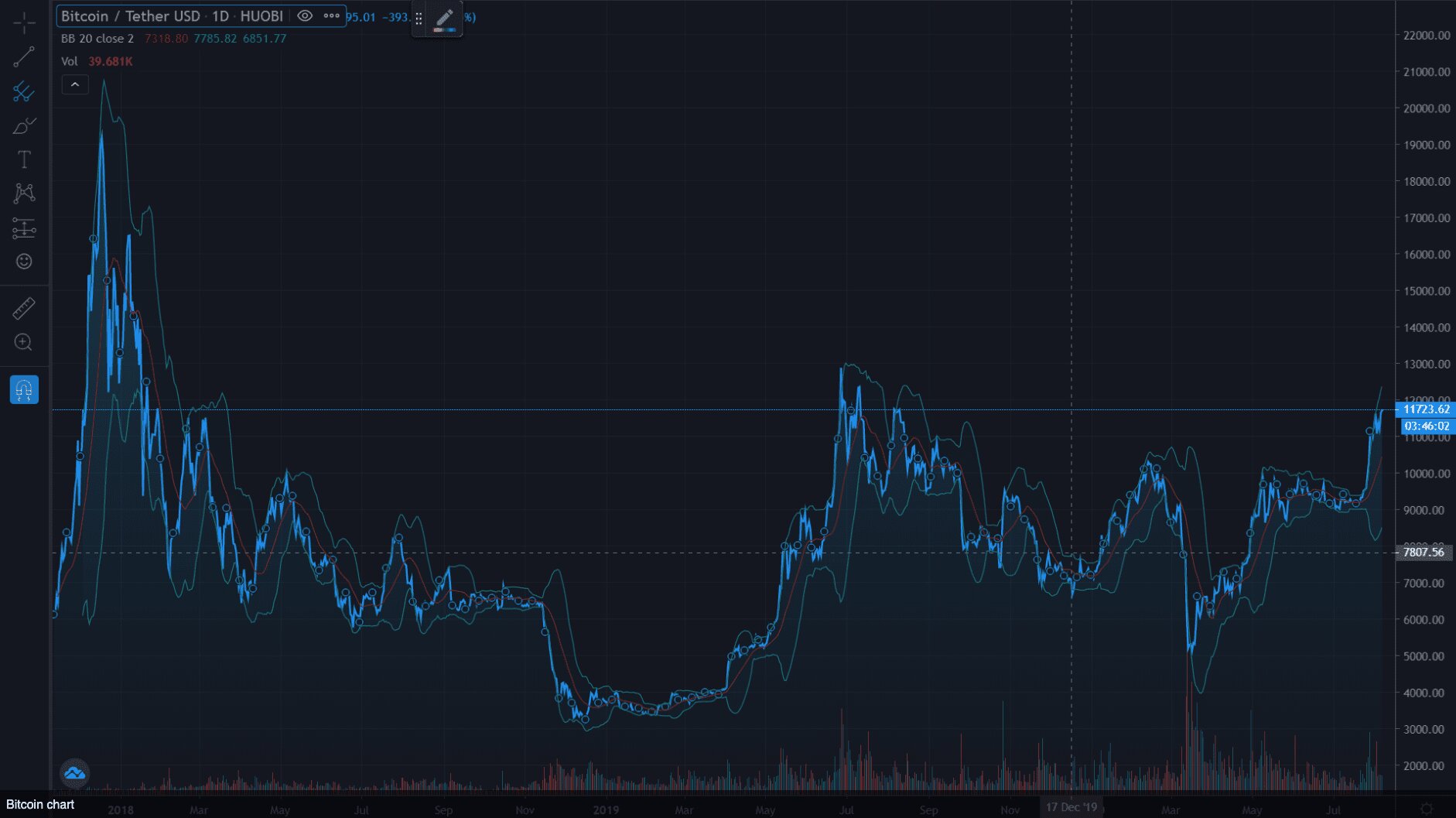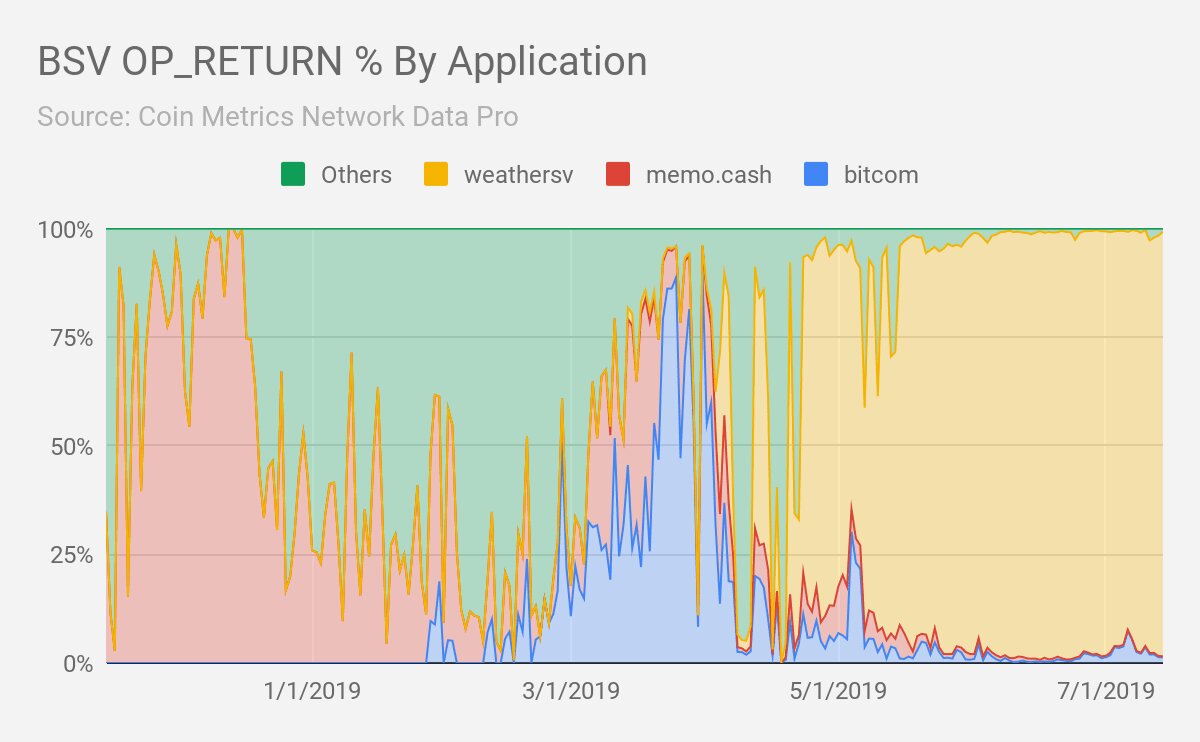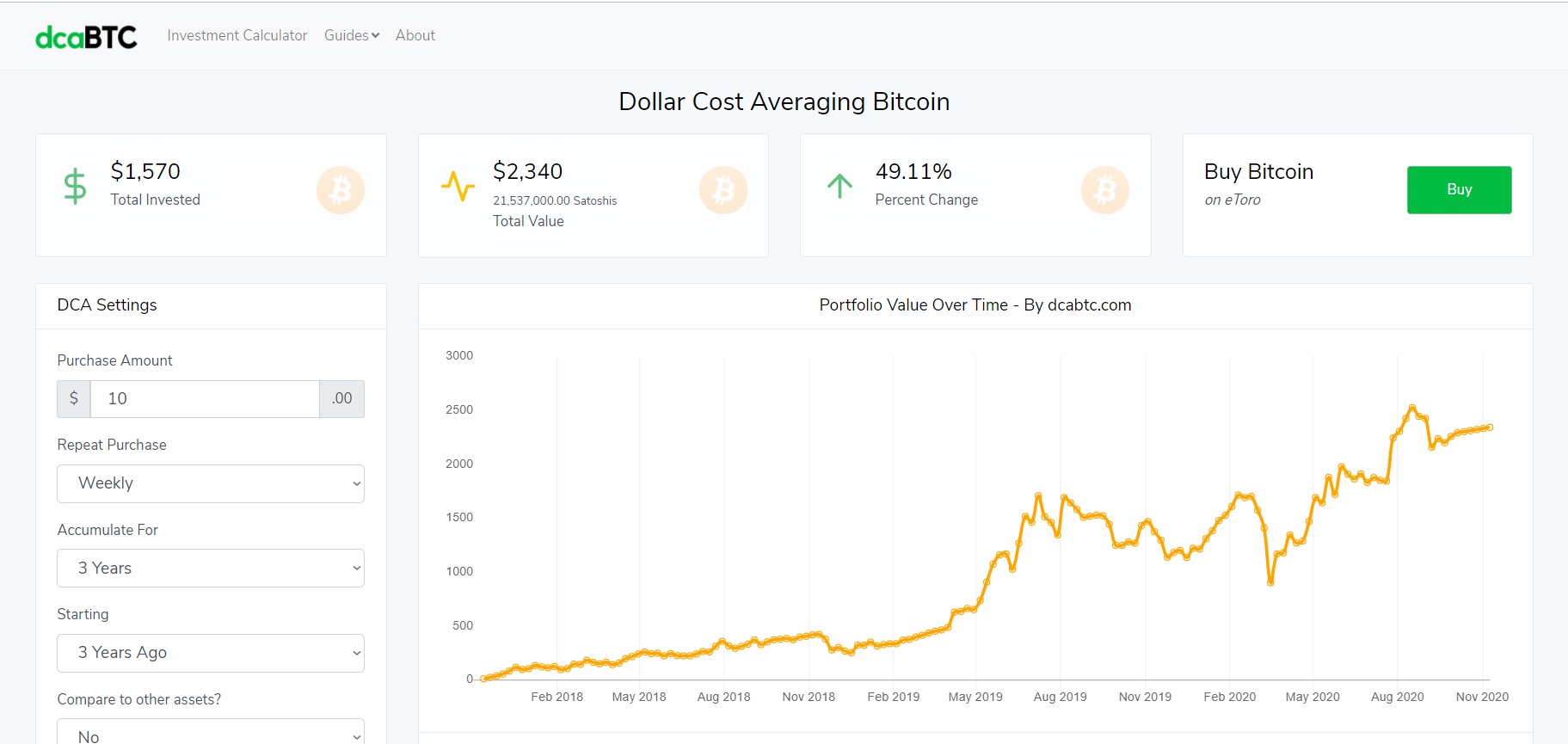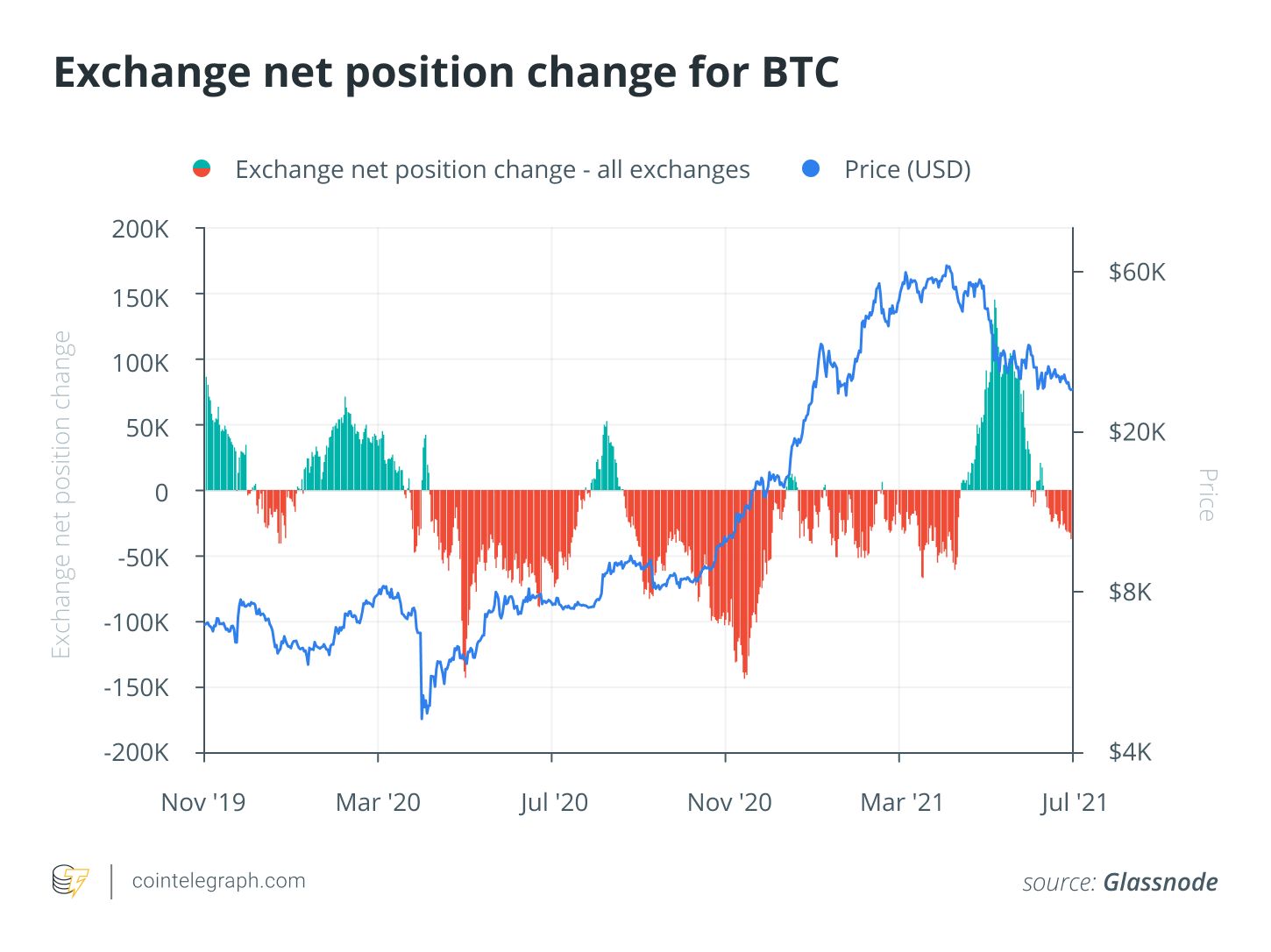Introduction
Short selling, also known as “shorting,” is a trading strategy that allows investors to profit from the decline in the price of an asset. While traditionally applied to stocks and commodities, short selling has also become popular in the world of cryptocurrency. In this article, we will explore the basics of short selling cryptocurrencies and provide valuable insights on how to execute this strategy effectively.
Crypto shorting involves borrowing a cryptocurrency, selling it at the current market price, and aiming to buy it back at a lower price in the future. If the price of the cryptocurrency does indeed drop, the short seller can repurchase it at a reduced price, return it to the lender, and pocket the difference as profit.
Short selling can be a powerful tool for traders and investors to generate profits in a bearish market or to hedge their positions against potential losses. However, it is important to note that short selling also carries risks, including the potential for unlimited losses if the price of the cryptocurrency rises instead of falling.
In this article, we will guide you through the process of short selling cryptocurrencies, from finding the right asset to setting up a short trade and managing the associated risks. We will also provide tips and strategies to help you navigate potential pitfalls and increase your chances of success as a crypto short seller.
Before diving into the details, it is worth noting that short selling should be approached with caution and conducted with proper risk management measures in place. It requires a deep understanding of the cryptocurrency market, as well as technical analysis skills to identify potential entry and exit points.
Now that we have set the stage, let’s delve into the world of crypto shorting and uncover the steps you need to take to execute this trading strategy effectively. Understanding the fundamentals and having a solid plan in place is essential for successfully navigating the complexities of short selling in the cryptocurrency market.
What is Short Selling?
Short selling is a trading strategy that involves betting on the decline in the price of an asset. This strategy allows investors to profit from price movements in the opposite direction of traditional investing, where profits are generated when the price of an asset increases.
In the context of cryptocurrencies, short selling works by borrowing a certain amount of a specific cryptocurrency from a broker or another party and immediately selling it on the market. The idea is to buy back the cryptocurrency at a lower price in the future, return it to the lender, and thereby profit from the price difference.
The process of short selling can be a bit complex, but the underlying principle is relatively straightforward. By selling an asset you do not own, you are essentially betting on its price to decrease. If your prediction proves to be correct, you can repurchase the asset at a lower price and make a profit.
One of the main advantages of short selling in the cryptocurrency market is the ability to generate profits even during bearish market conditions. While traditional investing typically relies on buying an asset at a low price and selling it at a higher price, short selling allows investors to profit from a falling market.
However, it’s important to note that short selling carries its fair share of risks. Unlike traditional investing, where the potential loss is limited to the initial investment, short selling exposes investors to the risk of unlimited losses if the price of the asset rises instead of falling. Therefore, it is crucial to implement proper risk management measures and close the short position if the market moves against your prediction.
Short selling is a strategy used by experienced traders and investors who have a deep understanding of market trends, technical analysis, and risk management. It requires careful consideration and analysis of various factors, including market sentiment, historical price patterns, and potential catalysts that could impact the price of the cryptocurrency.
In summary, short selling is a strategy that allows investors to profit from the decline in the value of an asset. In the world of cryptocurrencies, short selling enables traders to capitalize on falling prices and generate profits even in a bearish market. However, it is important to be aware of the risks involved and to approach short selling with caution and proper risk management strategies.
The Basics of Crypto Shorting
Crypto shorting involves the process of betting against the price of a specific cryptocurrency with the expectation that its value will decrease. To better understand the basics of crypto shorting, let’s explore the key components of this strategy.
Borrowing the cryptocurrency: In order to short a crypto, you need to borrow the desired cryptocurrency from a lender, such as a broker or an exchange. The amount borrowed is then sold on the market.
Selling the borrowed cryptocurrency: Once you have borrowed the cryptocurrency, the next step is to sell it at the prevailing market price. This allows you to profit if the value of the cryptocurrency drops.
Buy back at a lower price: After selling the borrowed cryptocurrency, your objective is to buy it back at a later time, preferably at a lower price. This enables you to return the cryptocurrency to the lender and pocket the difference as profit.
Returning the cryptocurrency: Once you have bought back the cryptocurrency at a lower price, you can return it to the lender, thus closing your short position. It is important to note that you will need to cover any transaction fees and interest charges associated with the borrowing.
It is worth mentioning that the timeline for shorting a cryptocurrency can vary depending on individual trading strategies and market conditions. Some traders may hold short positions for a few hours or days, while others may maintain them for weeks or even months. The duration of the short position should be determined based on your analysis and trading objectives.
Shorting cryptocurrencies requires a comprehensive understanding of market dynamics and technical analysis. Traders often rely on various indicators, chart patterns, and market sentiment to identify potential entry and exit points for their short trades.
Furthermore, it is essential to have a clear risk management plan in place when shorting cryptocurrencies. This includes setting stop-loss orders to limit potential losses and regularly monitoring the market for any unexpected price movements.
While short selling can be a profitable strategy in a declining market, it is important to note that it carries risks. The market is highly volatile and can experience sudden price swings, making it essential to stay informed and remain adaptable to changing market conditions.
In summary, the basics of crypto shorting involve borrowing a cryptocurrency, selling it on the market, buying it back at a lower price, and returning it to the lender, with the aim of profiting from a declining market. This strategy requires a thorough understanding of market analysis, risk management, and careful execution. By employing these fundamentals, traders can navigate the world of crypto shorting and potentially capitalize on market downturns.
Finding the Right Crypto to Short
When it comes to short selling cryptocurrencies, finding the right asset to short is crucial for the success of your trade. Here are some factors to consider in order to identify the most suitable cryptocurrency to short:
- Market Analysis: Conducting thorough market analysis is essential in identifying cryptocurrencies that have a higher probability of experiencing a decline in value. This involves examining market trends, historical price patterns, and overall market sentiment. Look for cryptocurrencies that have been exhibiting weakness or are facing negative news or developments.
- Liquidity: It is important to choose a cryptocurrency with sufficient trading volume and liquidity. Higher liquidity ensures that there are enough buyers in the market when it comes time to buy back the cryptocurrency at a lower price. Popular cryptocurrencies with large market capitalizations are usually more liquid and easier to short.
- Volatility: Volatility, or the degree of price fluctuations, is another important factor to consider. While high volatility can provide opportunities for profitable short trades, it also carries higher risks. Look for cryptocurrencies that have a history of significant price swings, as they are more likely to present short-term trading opportunities.
- News and Events: Stay updated on news and events that may impact specific cryptocurrencies. Negative news, such as regulatory crackdowns or security breaches, can significantly impact the price of a cryptocurrency and increase the potential for successful short trades.
- Technical Analysis: Utilize technical analysis tools and indicators to identify potential shorting opportunities. Look for chart patterns, such as bearish reversal patterns or breakdowns from key support levels, that indicate a potential downward trend in the price of the cryptocurrency.
It is important to note that shorting cryptocurrencies can be riskier than going long on an asset, as losses can theoretically be unlimited if the price continues to rise. Therefore, it is crucial to implement proper risk management strategies, including setting stop-loss orders and defining a clear exit strategy.
Additionally, it may be beneficial to diversify your short positions across different cryptocurrencies. This can help spread out the risks and increase the likelihood of success. However, it is important to conduct thorough research and analysis on each individual cryptocurrency before initiating a short position.
Overall, finding the right cryptocurrency to short requires a combination of market analysis, technical analysis, and staying informed about industry news and trends. By carefully evaluating these factors, you can increase your chances of identifying profitable shorting opportunities in the cryptocurrency market.
Setting Up a Short Trade
Setting up a short trade in the cryptocurrency market involves several key steps. Let’s explore the process of initiating a short position:
- Select the Cryptocurrency Exchange: Choose a reputable cryptocurrency exchange that supports short selling. Not all exchanges offer this feature, so it is important to research and choose a platform that aligns with your trading needs.
- Open an Account: Sign up for an account on the chosen exchange and complete any necessary verification procedures. This typically involves providing personal information and, in some cases, submitting identity documents.
- Deposit Funds: Deposit the required funds into your exchange account. The amount you need to deposit will depend on the specific cryptocurrency and the exchange’s margin requirements.
- Borrow the Cryptocurrency: Once your account is funded, locate the cryptocurrency you wish to short on the exchange. Borrow the desired amount of the cryptocurrency on margin from the exchange. Note that borrowing cryptocurrency may come with associated interest charges and borrowing limits.
- Sell the Borrowed Cryptocurrency: After borrowing the cryptocurrency, sell it on the exchange’s trading platform at the current market price. This initiates your short position and allows you to profit if the price of the cryptocurrency declines.
- Monitor the Trade: Keep a close eye on the market and monitor the progress of your short trade. Be prepared to adjust your strategy or exit the trade if the market moves against your prediction.
- Buy Back the Cryptocurrency: When you believe the price of the cryptocurrency has reached a level that you deem profitable, buy back the borrowed cryptocurrency on the exchange. This is done at the prevailing market price, with the aim of buying it back at a lower price than when you initially sold it.
- Close the Position: Return the borrowed cryptocurrency to the exchange, effectively closing your short position. The exchange will deduct any borrowing fees and interest charges from your account balance.
- Capture the Profit: If the price of the cryptocurrency has decreased as planned, the difference between the initial selling price and the buyback price will be your profit. Withdraw the funds from your exchange account or reinvest them as desired.
It is crucial to note that the process of setting up a short trade may vary slightly depending on the exchange you are using and its specific trading features. Familiarize yourself with the exchange’s interface and trading tools to ensure a smooth execution of your short trades.
Additionally, be mindful of the risks involved in short selling and implement proper risk management strategies. Set stop-loss orders to limit potential losses and consider the use of leverage with caution, as it can amplify both profits and losses.
By following these steps and actively managing your short positions, you can effectively set up short trades in the cryptocurrency market and potentially profit from downward price movements.
Managing Risk in Crypto Shorting
As with any investment strategy, managing risk is crucial when it comes to crypto shorting. While shorting can be a profitable endeavor, it also carries inherent risks due to the volatile nature of cryptocurrencies. Here are some important risk management measures to consider:
- Set Stop-Loss Orders: One of the most effective risk management strategies is setting stop-loss orders. These automatically close your short position if the price of the cryptocurrency rises above a predetermined threshold. By doing so, you limit your potential losses and protect your trading capital.
- Define Risk-Reward Ratio: Before entering a short trade, calculate the risk-reward ratio. Consider the potential profit against the potential loss and ensure that the potential reward justifies the risk. It is advisable to focus on trades that offer a favorable risk-reward ratio to increase your chances of success.
- Use Proper Position Sizing: Determining the appropriate position size is crucial in managing risk. Avoid placing too large a position on any single trade, as this can lead to significant losses if the market moves against you. Assess your risk tolerance and set position sizes accordingly.
- Implement Diversification: Diversifying your short positions across different cryptocurrencies can help spread out the risk and minimize the impact of adverse price movements in a specific coin. This approach can help safeguard your portfolio and increase the potential for overall profitability.
- Stay Informed: Continuously staying informed about market trends, news, and developments is vital for managing risk in crypto shorting. Be aware of any potential catalysts that could impact the cryptocurrency market and adjust your trading decisions accordingly.
- Regularly Review and Adjust: Regularly review your short positions and assess their progress. Be prepared to adjust your strategy or close the position if market conditions change or if your initial analysis was incorrect. Flexibility and adaptability are key traits for managing risk in the dynamic cryptocurrency market.
It’s important to remember that risk cannot be completely eliminated, but it can be managed effectively. Be prepared for the possibility of losses and accept that not every short trade will be profitable. Keeping emotions in check and sticking to your risk management plan will help you navigate the ups and downs of the market more successfully.
Lastly, it is crucial to continuously educate yourself about cryptocurrencies, market trends, and technical analysis. Stay up to date with industry news, follow experienced traders, and actively participate in relevant communities to enhance your understanding of the market and improve your risk management abilities.
By implementing these risk management strategies, you can mitigate potential losses and increase your chances of success when engaging in crypto shorting.
Monitoring Your Short Position
Once you have established a short position in a cryptocurrency, it is crucial to actively monitor your trade to make timely decisions and effectively manage your position. Here are some key factors to consider when monitoring your short position:
- Price Movements: Keep a close eye on the price movements of the cryptocurrency you have shorted. Monitor any significant changes in the market and be prepared to adjust your strategy accordingly. Regularly reviewing price charts and utilizing technical analysis can help you identify potential trends and determine appropriate entry and exit points.
- Market News and Events: Stay informed about any news or events that might impact the cryptocurrency market. Negative news, such as regulatory announcements or security breaches, can have a significant impact on the price of a cryptocurrency. By staying updated, you can anticipate potential market-moving events and adjust your position accordingly.
- Technical Indicators: Utilize technical analysis tools and indicators to gain insights into the market’s direction. Common indicators such as moving averages, RSI (Relative Strength Index), and MACD (Moving Average Convergence Divergence) can help you identify potential reversals or continuation patterns. Monitoring these indicators can provide valuable signals to manage your short position effectively.
- Stop-Loss Orders: Continuously monitor and reassess your stop-loss orders. As the market moves, consider adjusting your stop-loss levels to protect yourself from excessive losses and to secure potential profits. Regularly reviewing and adjusting these orders is critical for risk management and safeguarding your trading capital.
- Stay Disciplined: Emotions and impulses can cloud judgment and lead to detrimental decisions. It is essential to maintain discipline and stick to your predefined trading plan. Avoid making impulsive decisions based on short-term price fluctuations and instead rely on your analysis and risk management strategy.
- Tracking Profit and Loss: Keep a record of your trades and regularly evaluate the profitability of your short positions. Analyzing your performance can help identify strengths and weaknesses in your trading strategy and guide future decision-making.
- Stay Attentive to Market Activity: Engage with the cryptocurrency community, follow market experts, and stay updated on discussions and trends in relevant forums and social media platforms. This can provide valuable insights and help you stay informed about market sentiment and potential market-moving events.
Remember that monitoring your short position is an ongoing process. Be proactive, vigilant, and adaptable to changing market conditions. Regularly review and adjust your strategy as needed based on new information and market developments.
By consistently monitoring your short position and making informed decisions, you can effectively manage your trade and increase the chances of achieving your desired outcomes in the cryptocurrency market.
Potential Pitfalls to Be Aware Of
While short selling cryptocurrencies can be a profitable trading strategy, it is important to be aware of the potential pitfalls that come with it. Understanding these pitfalls can help you navigate the market more effectively and avoid unnecessary losses. Here are some key pitfalls to be aware of:
- Market Volatility: The cryptocurrency market is known for its volatility, which can lead to rapid and unpredictable price movements. While volatility can present lucrative opportunities, it also carries the risk of significant price swings that can work against your short position. It is essential to be prepared for sudden and unexpected market fluctuations.
- Market Manipulation: Cryptocurrency markets are susceptible to manipulation due to their relatively low liquidity and unregulated nature. Large traders or influential individuals can manipulate prices, causing short-term disruptions that may impact your short position. Stay vigilant and be cautious of potential market manipulation.
- Short Squeezes: A short squeeze occurs when a heavily shorted asset experiences a rapid price increase, forcing short sellers to cover their positions by buying back the asset at a higher price. Short squeezes can result in significant losses if you are caught in a position with a rapidly rising price.
- Limited Supply: Some cryptocurrencies have a limited supply, which can make them prone to price spikes. Shorting these cryptocurrencies carries additional risks, as their scarcity can create a strong upward price pressure. Be cautious when shorting cryptocurrencies with limited supplies.
- Margin Calls and Liquidation: When shorting on margin, there is a risk of receiving a margin call if the value of your position drops below a certain threshold. A margin call requires you to either add additional funds to your account or close your position. Failure to meet a margin call can result in the liquidation of your position, leading to potential losses.
- Regulatory and Legal Risks: Cryptocurrencies operate in a complex regulatory environment. Changes in regulations or legal actions against cryptocurrencies can have a significant impact on their value. Stay informed about regulatory developments and legal risks that may affect the cryptocurrencies you are shorting.
- Failure to Implement Risk Management: Failing to implement proper risk management strategies can expose you to unnecessary risks. Properly setting stop-loss orders, determining position sizes, and diversifying your short positions are crucial risk management practices that can help mitigate potential losses.
It is important to approach short selling in the cryptocurrency market with a thorough understanding of the risks involved. Conduct comprehensive research, stay informed, and make informed decisions based on careful analysis. Keep in mind that the cryptocurrency market can be highly unpredictable, and even the most well-thought-out short trades can result in losses.
By being aware of these potential pitfalls and implementing proper risk management measures, you can increase your chances of navigating the cryptocurrency market more effectively and minimizing unnecessary risks.
Tips for Successful Crypto Shorting
Shorting cryptocurrencies can be a challenging yet potentially rewarding strategy if executed with caution and a thoughtful approach. Here are some tips to help you enhance your chances of success when shorting cryptocurrencies:
- Thorough Research: Conduct thorough research on the cryptocurrencies you plan to short. Stay updated on their fundamentals, news, and market sentiment. Understanding the underlying factors that may trigger price declines can improve your trading decisions.
- Technical Analysis: Utilize technical analysis to identify potential entry and exit points for your short trades. Learn to identify chart patterns, use indicators, and analyze price trends to make more informed trading decisions.
- Practice Risk Management: Implement effective risk management strategies, such as setting stop-loss orders and managing position sizes. Keeping your losses limited and being disciplined with risk management can help protect your trading capital.
- Stay Informed: Stay abreast of the latest news, regulatory updates, and market trends that may affect the cryptocurrencies you are shorting. Being well-informed allows you to make timely adjustments to your positions based on changing market dynamics.
- Consider Diversification: Diversify your short positions across multiple cryptocurrencies to spread out risks. This can help mitigate the impact of unexpected price movements in individual coins and increase the potential for profitable trades.
- Be Patient: Shorting cryptocurrencies may require patience as price movements can be volatile and unpredictable. Avoid making impulsive decisions based on short-term fluctuations. Stick to your trading plan and have realistic expectations for the success and duration of your short trades.
- Adaptability: The cryptocurrency market evolves rapidly, and the conditions that prompted you to short a particular cryptocurrency may change. Be adaptable and willing to adjust your positions or exit trades if market conditions no longer align with your initial analysis.
- Learn from Experience: Analyze your past trades and learn from both successful and unsuccessful positions. Identify patterns, evaluate your strategy, and continually refine your approach based on your experiences and observations.
- Keep Emotions in Check: Emotional decision-making can lead to poor trading outcomes. Mastering your emotions, such as fear and greed, and maintaining a rational mindset is crucial for successful crypto shorting.
- Utilize Demo Accounts: If you’re new to short selling or want to test a new strategy, consider using demo accounts offered by some cryptocurrency exchanges. This allows you to practice shorting without risking actual funds, providing valuable experience and confidence.
Remember, successful crypto shorting requires discipline, continuous learning, and adaptability in a dynamic market. With the right knowledge, risk management practices, and a strategic approach, you can enhance your ability to profit from downward price movements in cryptocurrencies.
Conclusion
Shorting cryptocurrencies can be a lucrative trading strategy that allows traders to profit from declining prices. However, it is important to approach crypto shorting with careful research, risk management, and a deep understanding of the market. By following the tips and strategies outlined in this article, you can enhance your chances of success in the world of crypto shorting.
Remember to thoroughly research the cryptocurrencies you plan to short, stay informed about market trends and news, and utilize technical analysis to identify potential entry and exit points. Implementing effective risk management measures, such as setting stop-loss orders and diversifying your positions, can help protect your capital and minimize potential losses.
It is essential to remain disciplined, patient, and adaptable in the cryptocurrency market. Shorting cryptocurrencies can be a highly volatile and unpredictable endeavor, and not every trade will be profitable. Learn from your experiences, evaluate your trades, and continue to refine your strategy based on your observations.
Lastly, it is crucial to stay informed and continually educate yourself about the evolving cryptocurrency market. Market conditions and regulations can change rapidly, and being proactive in your knowledge and awareness will greatly contribute to your success in shorting cryptocurrencies.
By combining thorough research, technical analysis, diligent risk management, and continuous learning, you can navigate the world of crypto shorting with greater confidence and increase your potential for generating profits in both bullish and bearish markets.







